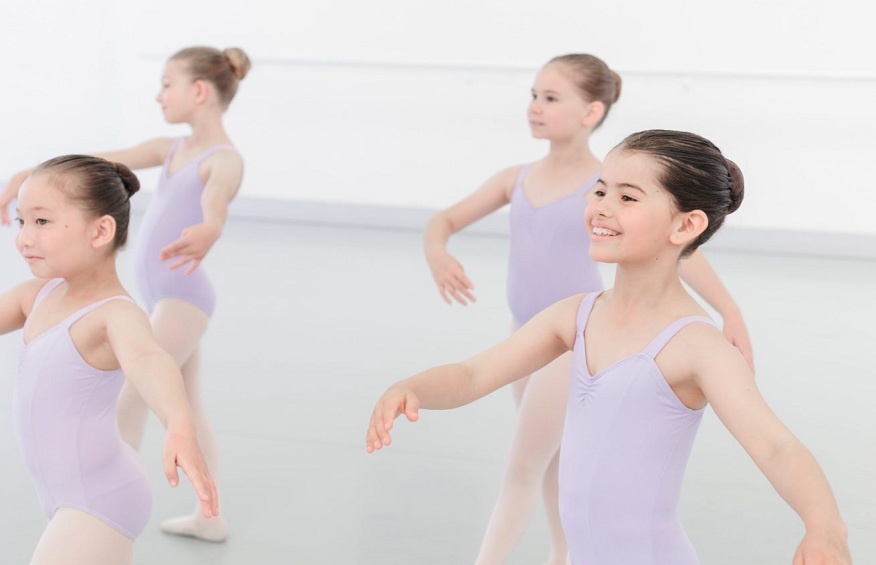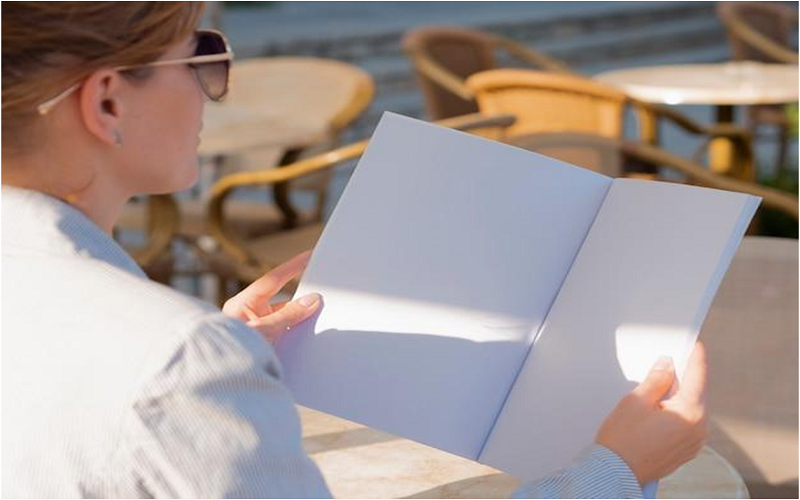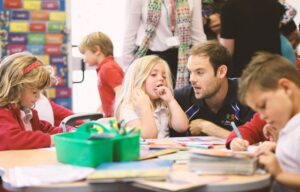Ballet is a highly respected and disciplined form of dance that has been admired and practiced for centuries. It not only requires physical strength and grace, but also demands a great deal of dedication and commitment. As a parent or dance instructor, it is important to provide children with the proper training and education in ballet to set them up for success in this art form. One of the most renowned and prestigious ballet training methods is the Royal Academy of Dance (RAD) syllabus. Developed in 1920, the RAD syllabus has been widely recognized as a comprehensive and systematic approach to ballet training for all ages and abilities. In this article, we will delve into the essential techniques of ballet as outlined in the RAD syllabus, specifically tailored for children. From the basic positions to advanced movements, we will explore the key elements of the RAD syllabus and its benefits for young dancers. Whether your child is a beginner or has some experience in ballet, this article will provide you with a comprehensive understanding of the essential techniques needed to excel in the world of ballet.
RAD syllabus teaches proper technique.
Proper technique is crucial in the world of ballet, especially for young dancers who are just beginning their journey in this graceful art form. The RAD syllabus, which is designed specifically for children learning ballet, places a strong emphasis on teaching and developing correct technique from the very beginning. By following the RAD syllabus, students are introduced to a structured and progressive approach that ensures they learn ballet in a safe and effective manner. From the basics of posture and alignment to the intricate footwork and movements, the syllabus guides dancers through a series of exercises and combinations that help build strength, flexibility, and control. With the RAD syllabus, children not only learn ballet techniques but also develop a solid foundation that will serve them well as they progress in their ballet journey.
Develops strength, posture, and grace.
Ballet dance for kids is not just about learning graceful movements and beautiful routines; it is a disciplined art form that develops strength, posture, and grace. Through dedicated practice and adherence to proper technique, young dancers can experience profound physical and mental benefits. Ballet requires dancers to engage and strengthen their core muscles, resulting in improved balance and stability. It also promotes proper posture, as dancers learn to align their bodies correctly and maintain a tall and elegant stance. Moreover, ballet instills a sense of grace and fluidity in movements, teaching children how to move with elegance and poise. These skills and qualities developed through ballet training extend beyond the dance studio and can positively impact various aspects of a child’s life.
Perfect for children learning ballet.
For children learning ballet, finding the right resources and guidance is essential to their progress and enjoyment of this beautiful art form. The Essential Ballet Techniques for Kids: RAD Syllabus Explained is a valuable tool that provides comprehensive and age-appropriate instruction for young dancers. This resource covers essential ballet techniques, such as proper body alignment, basic footwork, and graceful arm movements, all tailored specifically for children. With clear explanations and visual demonstrations, children can easily grasp and practice these techniques, building a solid foundation in ballet. The content is designed to engage young learners, keeping them motivated and excited about their ballet journey. Whether they are beginners or have some experience, this resource is perfect for children who are eager to learn and improve their ballet skills.
Focuses on technique and discipline.
When it comes to learning ballet for kids, technique and discipline play a crucial role in their training. The Essential Ballet Techniques for Kids: RAD Syllabus Explained emphasizes the importance of developing strong technique and instilling discipline in young dancers. Through step-by-step instructions and demonstrations, children can learn proper body alignment, precise footwork, and graceful arm movements. By focusing on technique, they can develop the correct muscle memory and alignment, ensuring their movements are both precise and elegant. Additionally, the resource emphasizes discipline, teaching children the importance of consistency, dedication, and practice in order to excel in ballet. This combination of technique and discipline sets a solid foundation for young dancers, allowing them to progress and excel in their ballet dance journey with confidence.
Builds a strong foundation for future training.
As children embark on their ballet dance journey, developing a strong foundation is essential for their future training. The early years of learning ballet for kids lay the groundwork for more advanced techniques and skills that they will build upon as they progress. By focusing on fundamental ballet techniques, such as posture, turnout, and balance, young dancers develop the necessary physical strength and coordination required for more complex movements. This strong foundation not only enhances their current abilities but also prepares them for more advanced ballet techniques and choreography as they continue their training. By emphasizing the importance of building a solid foundation, young dancers can lay the groundwork for a successful and fulfilling ballet dance journey.
In conclusion, the Royal Academy of Dance syllabus serves as a comprehensive and structured guide for introducing ballet techniques to children. Through its carefully designed exercises and focus on musicality, coordination, and artistic expression, the RAD syllabus provides a strong foundation for young dancers to develop their skills and passion for ballet. By incorporating these essential techniques into their training, children can not only improve their physical abilities but also foster a deep appreciation for the art of ballet. With dedication and proper guidance, who knows what heights these young dancers may reach in the future.





